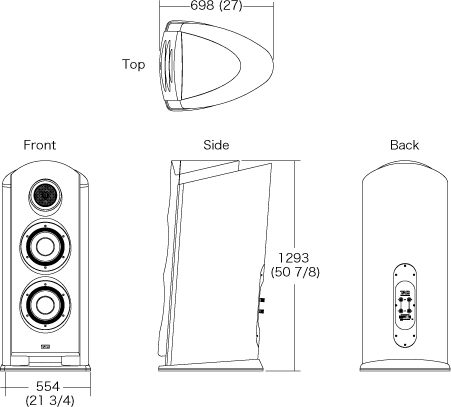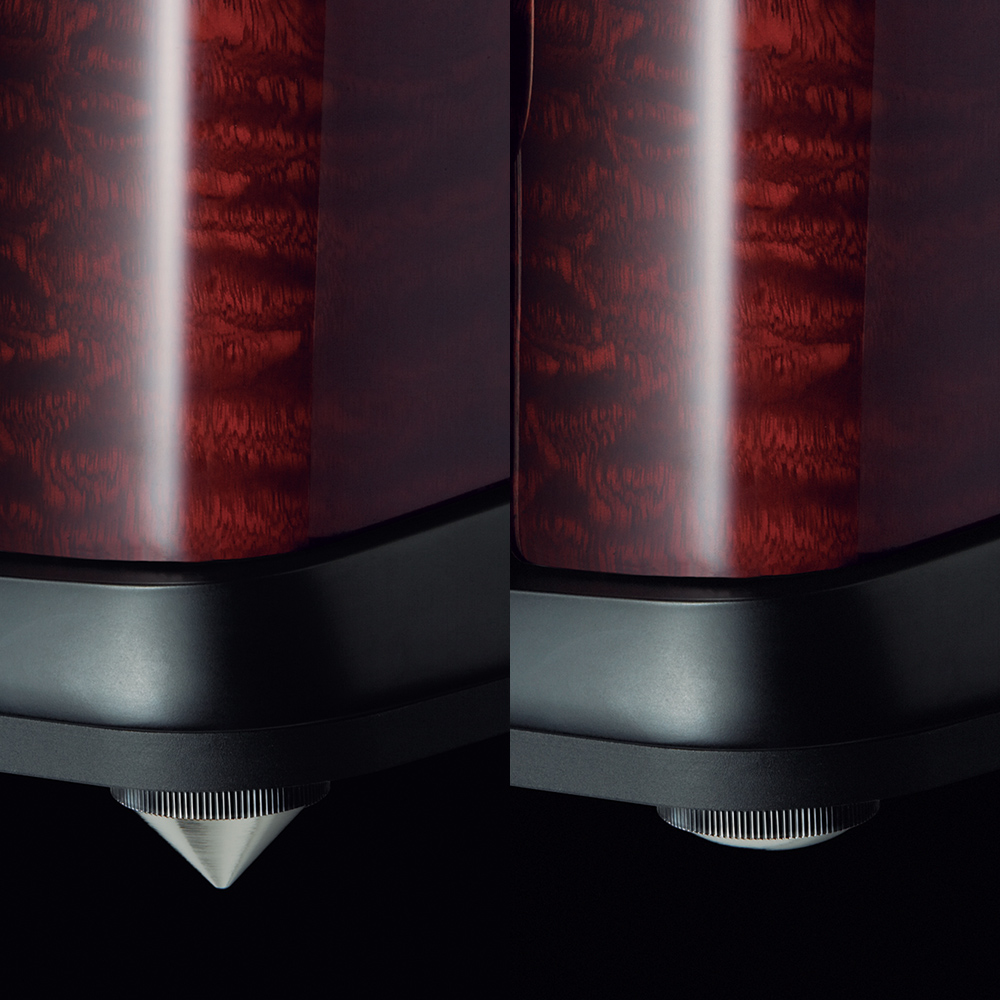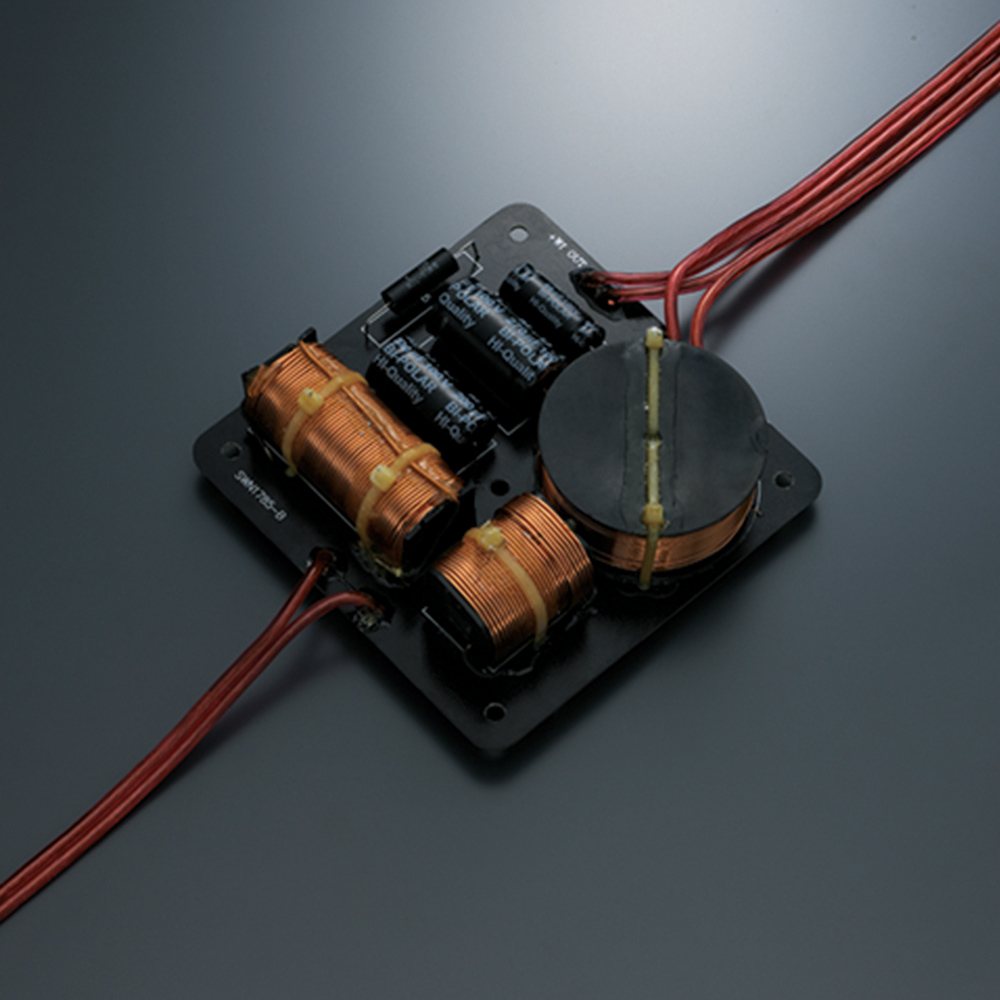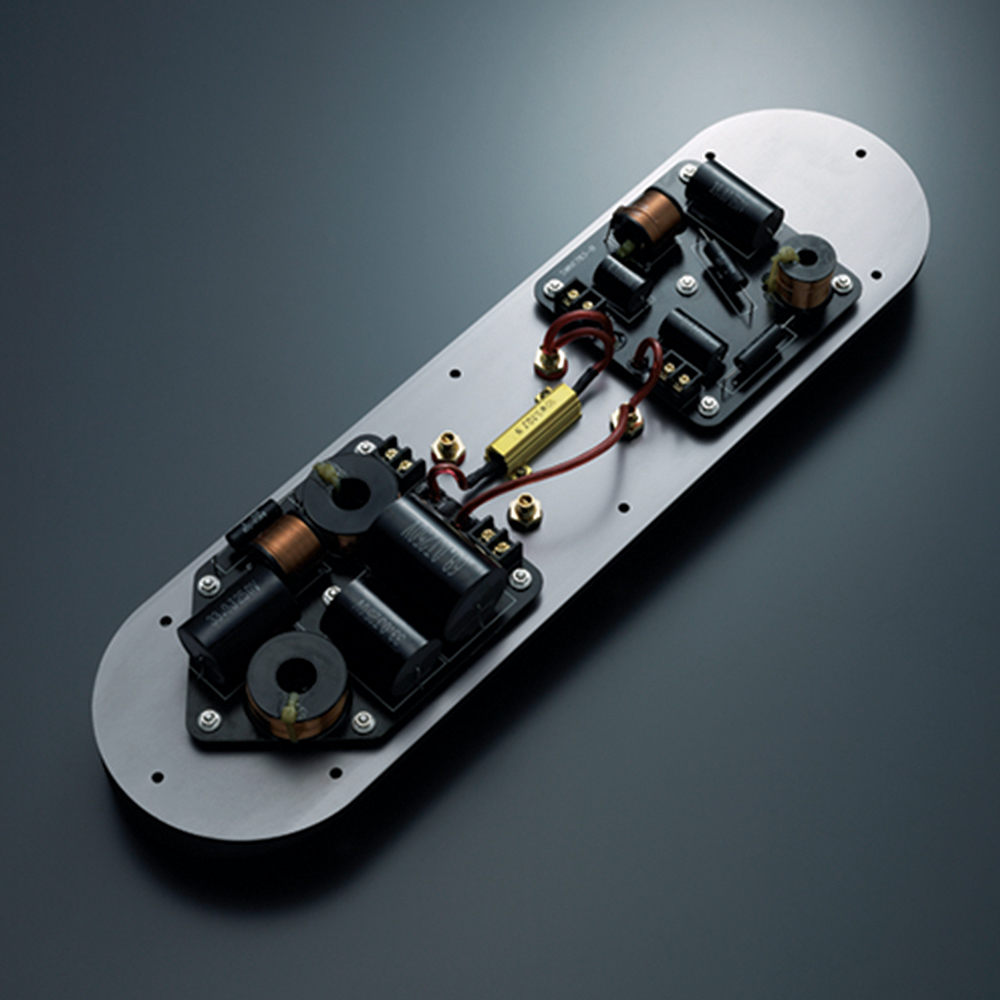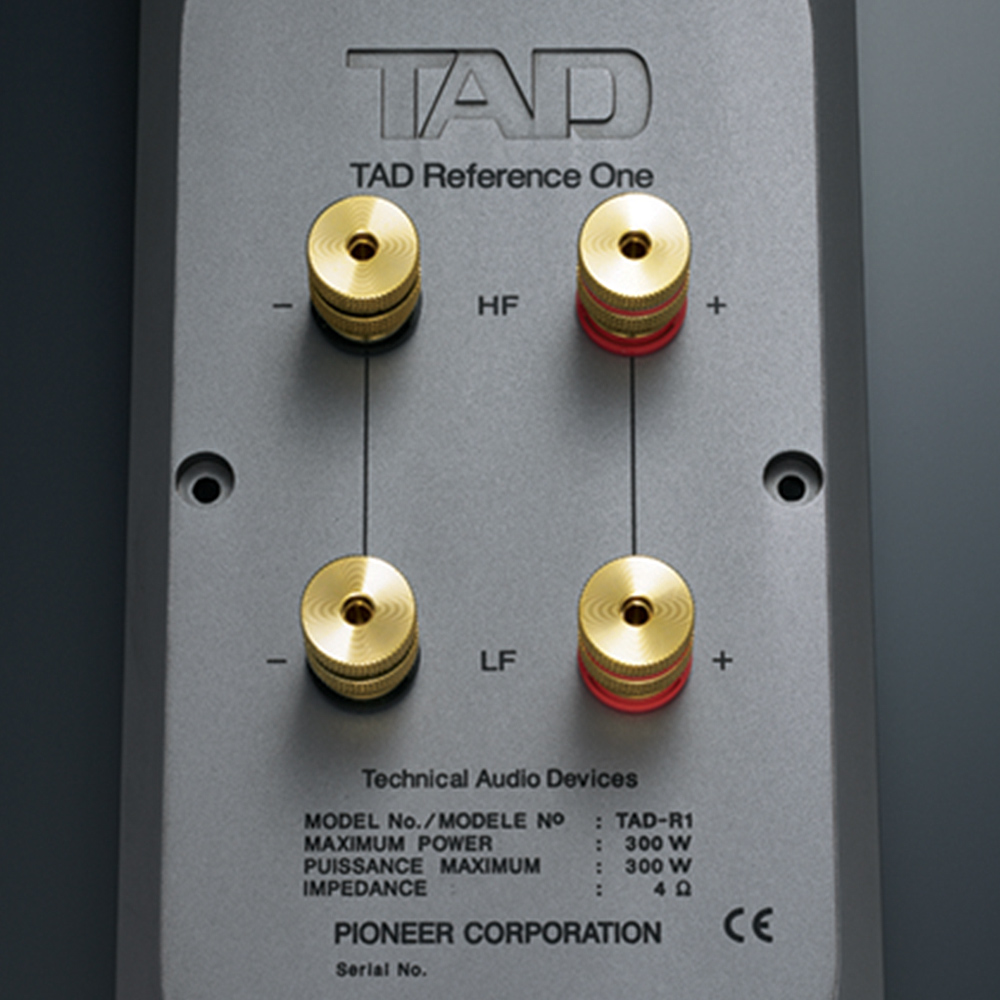TAD REFERENCE ONETAD-R1
SUPERIOR TECHNOLOGIES COME TOGETHER
TO BRING YOU A TRANSCENDENT AUDIO EXPERIENCE.
Since its inception, the TAD Reference One has quickly become the established reference point for speaker systems in the new era of high definition audio. This ultra high end speaker system is based on highly advanced technology developed by TAD (Technical Audio Devices), creators of studio monitors favored by leading sound studios around the world. It employs carefully selected materials and parts, and benefits from scrupulous, even relentless, attention to detail, backed by our design theory and testing ability. The result is a sound field of flawless purity that achieves unprecedented professional audio artistry. The TAD Reference One realizes richly resonant sound of which has never been heard before.
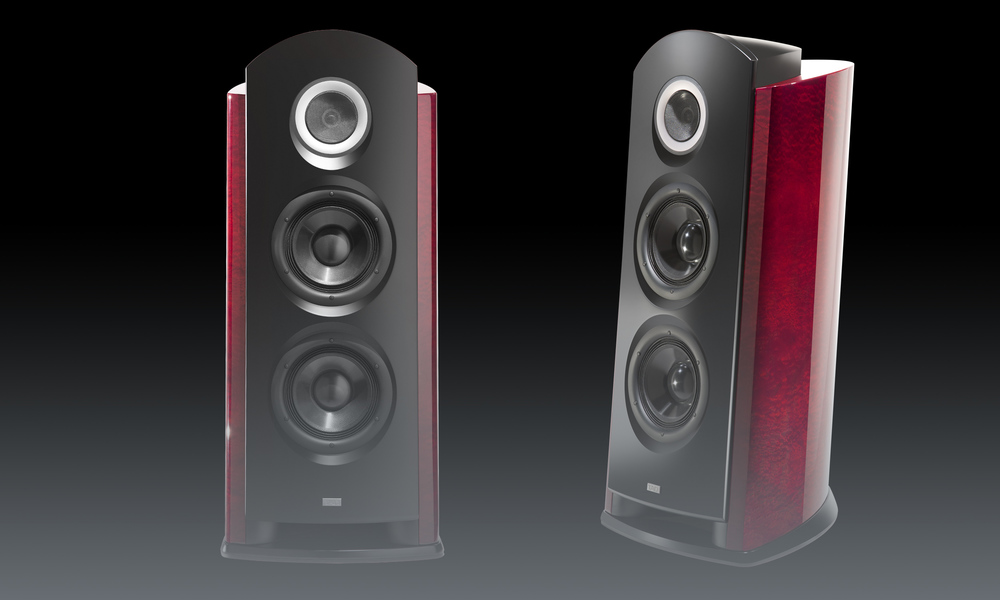
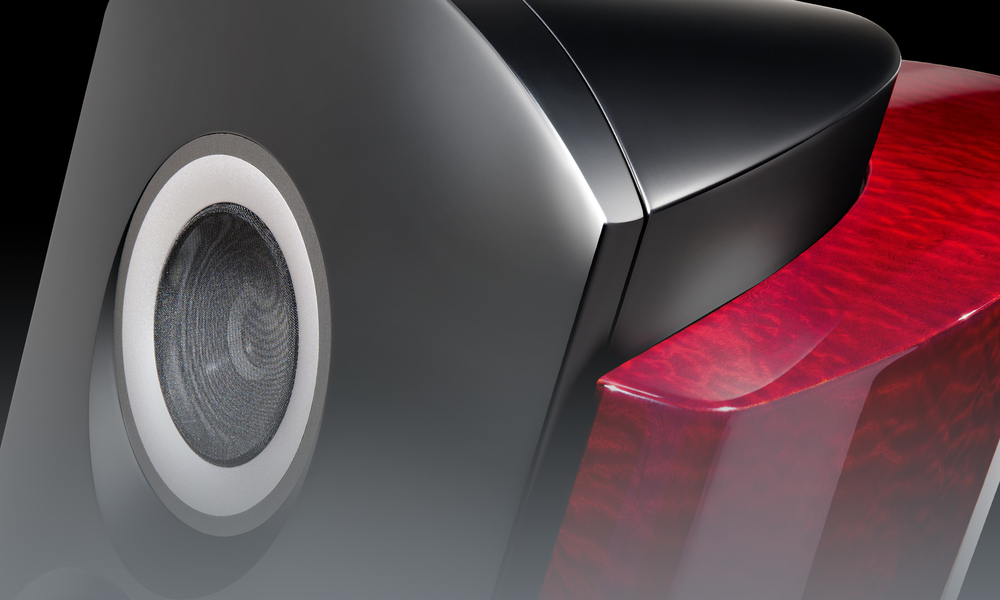
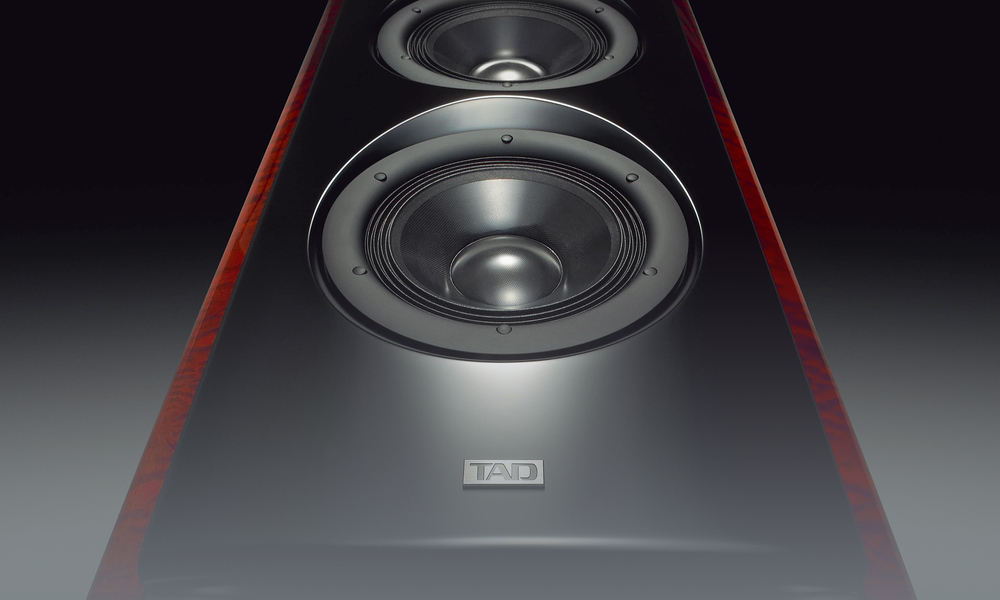
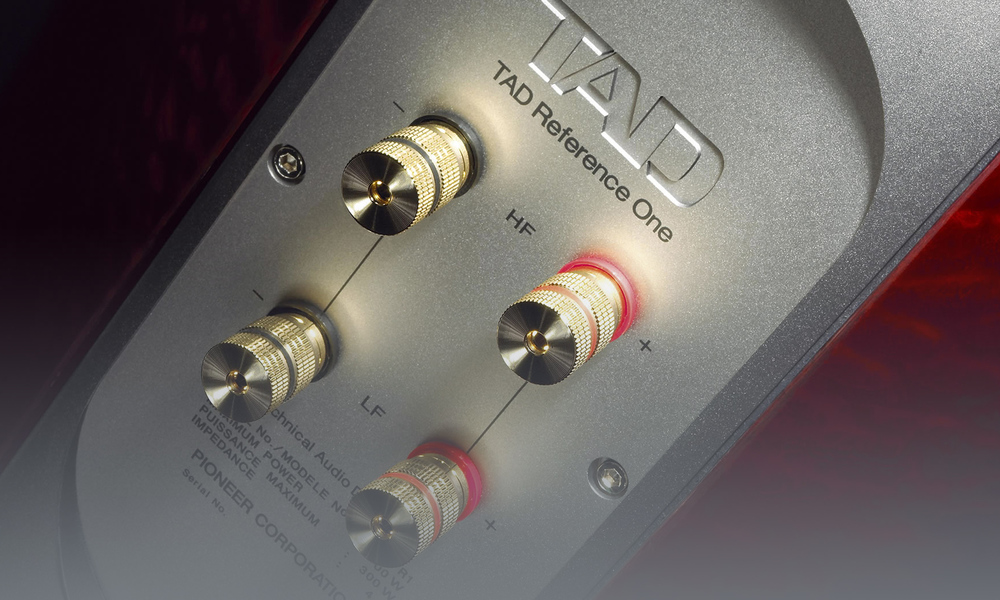
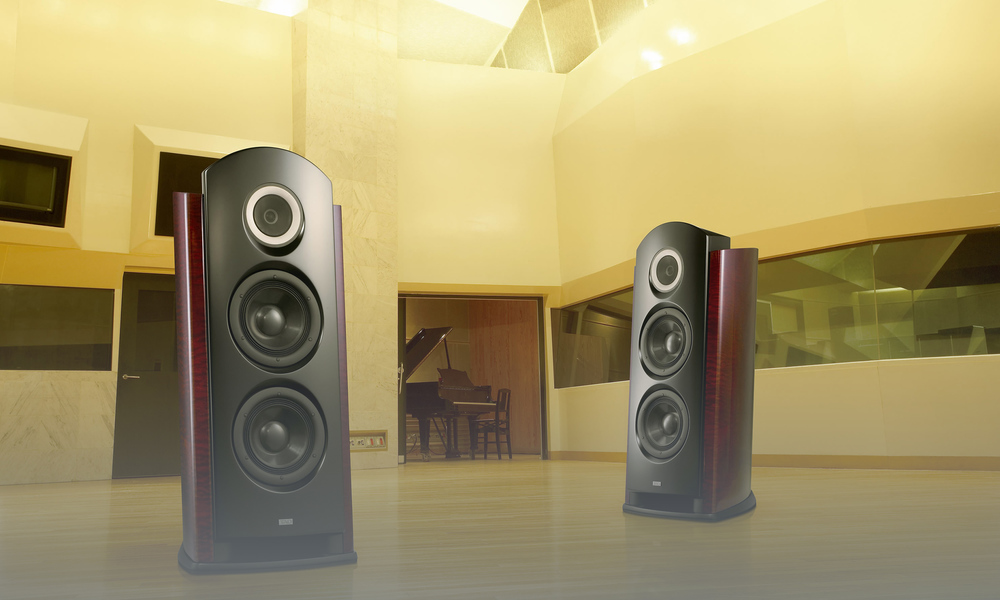
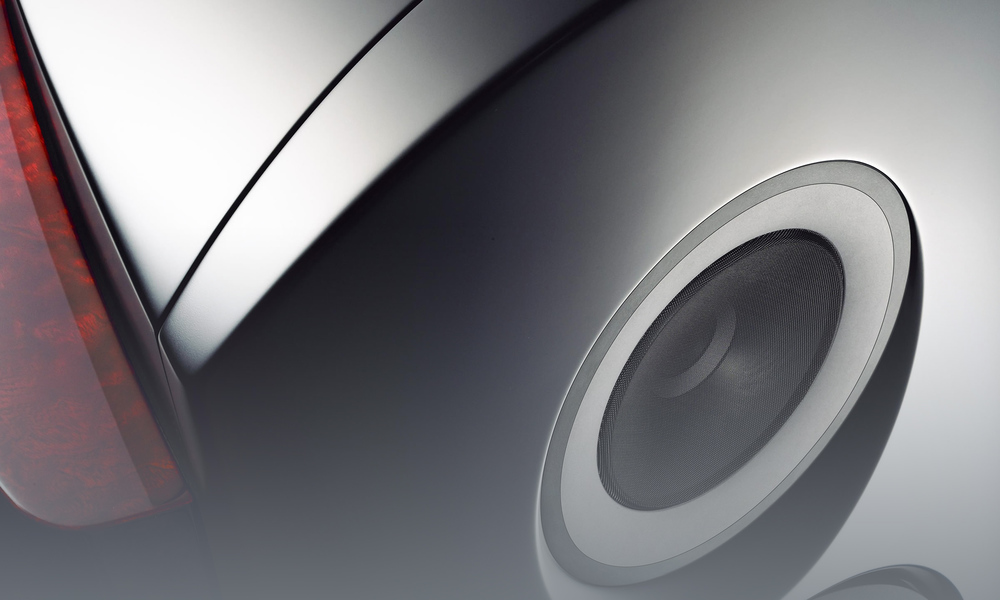
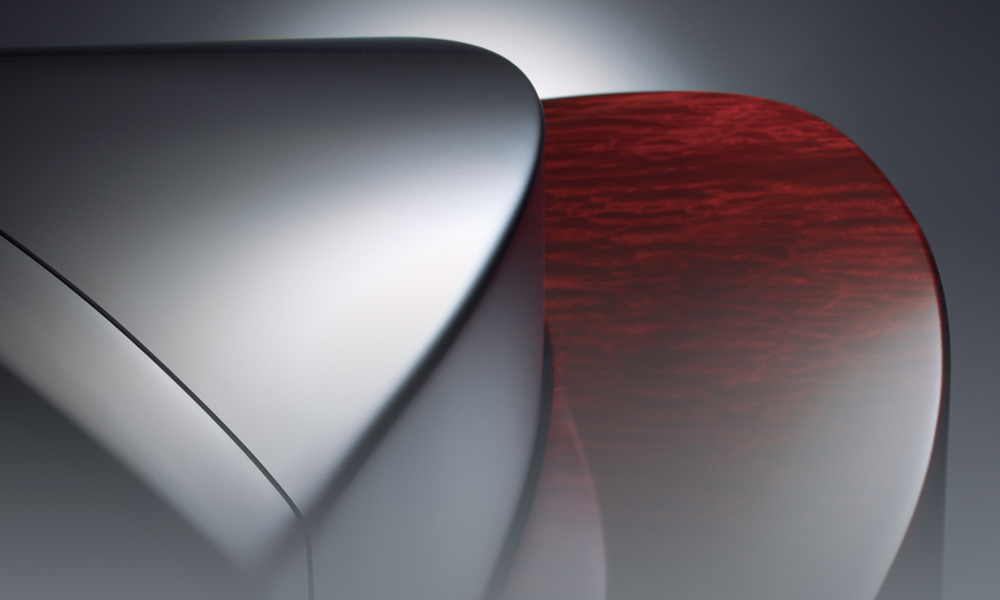
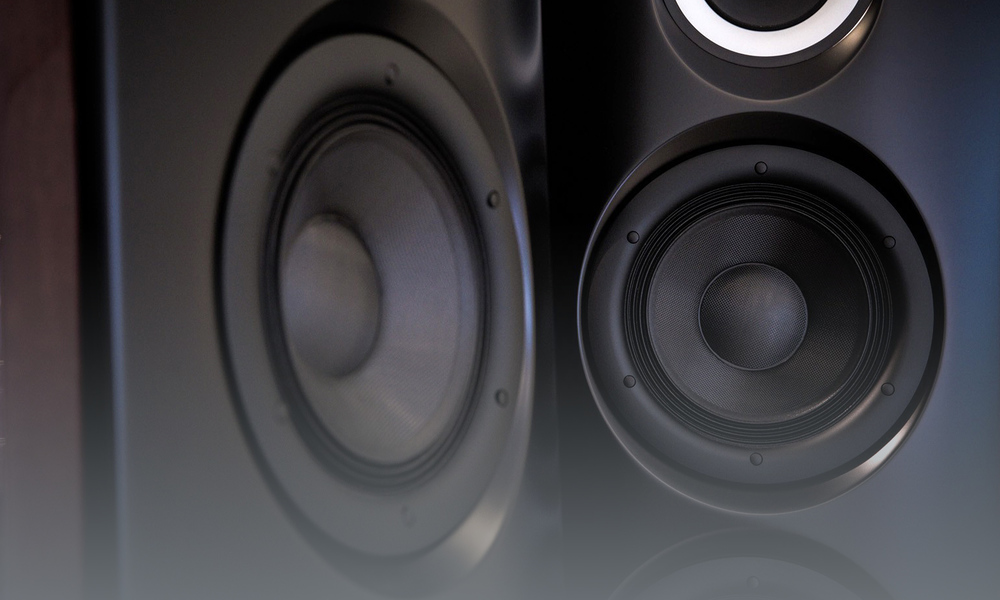

CST TECHNOLOGY
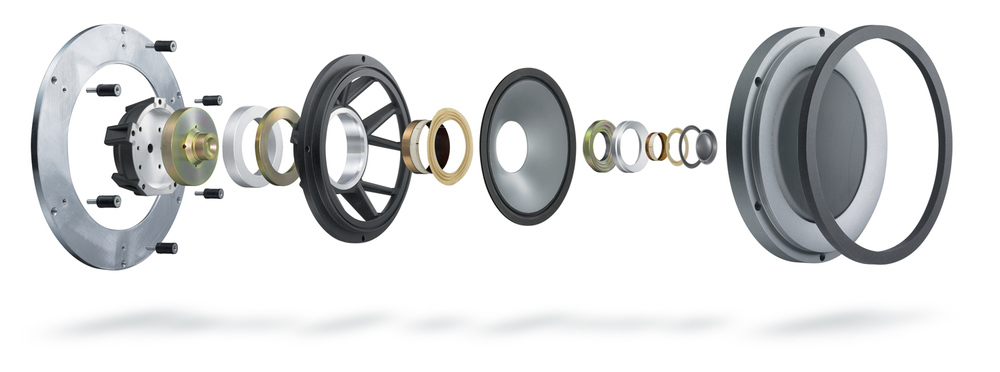
Reference One - CST Driver Unit (Coherent Source Transducer)
The CST (Coherent Source Transducer) has enabled us to achieve our goal for the TAD Reference One: reproduction with controlled directivity over a wide range, from a single point with uniform phase. The design of the midrange cone is based on detailed calculations, so not only does it have superior acoustic characteristics, but it also controls the directivity performance of the tweeter due to the concentric configuration. This unifies the acoustic center of the tweeter and midrange, and reconciles the phase and directional characteristics through the crossover range. The CST Driver is thus a large step forward for coaxial speakers, enabling ultra wide range reproduction of 250Hz to 100kHz, accompanied by a directivity pattern, which neatly dampens without disruption across all bands. The result is extremely clear and stable imaging, a wide frequency response, and incredibly rich and natural sounding reproduction.
BERYLLIUM - UNIQUE VAPOR DEPOSITION TECHNIQUE
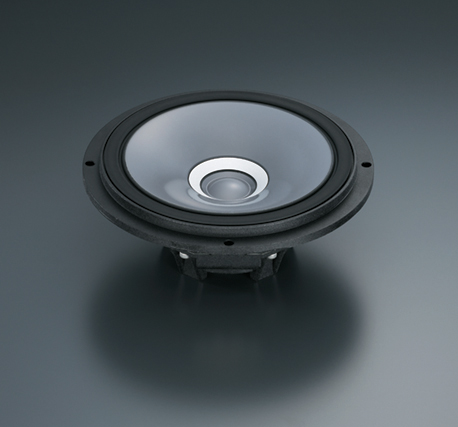
CST Driver
The tweeter dome and midrange cone are made of beryllium, the lightest and most rigid of metals, which makes it a superior diaphragm material, and one which boasts a history of more than 30 years of TAD achievements. The diaphragm is produced using a vapor deposition technique developed by TAD and refined over many years. It provides strength and uniformity, combined with high internal loss, for smooth superior performance. The tweeter diaphragm shape is derived by using an advanced optimization method based on HSDOM (Harmonized Synthetic Diaphragm Optimum Method) computer analysis. It accurately controls differential vibration produced by the diaphragm and moves it out of the audible band, providing a response as high as 100kHz. The large midrange cone features a direct radiation, vapor deposition beryllium diaphragm. The resulting sound is astonishingly transparent, direct and precise across a wide frequency range.
ISO DRIVETECHNOLOGY
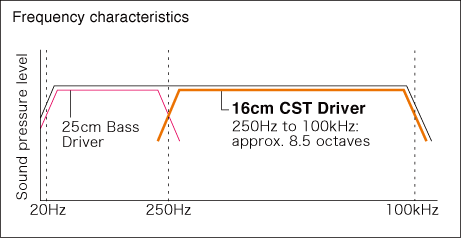
The CST Driver is mounted into a high-stiffness enclosure that is precisely shaped to minimize the diffraction of the radiated sound. In order to maximize the capability of the CST driver, we developed new ISO (isolation) technology. This involves including a mechanism to block vibration from the driver unit entering the enclosure, thus structurally separating the CST Driver from the enclosure. The CST Driver, with its powerful drive capability, is prevented from exciting the enclosure and reducing the radiation of secondary sound. It also limits the influence of the energy from the powerful bass drivers. Delivering only sound radiated from the CST Driver diaphragm improves resolution to convey accurate detail, allowing, for example, the differences in tone color that vary subtly according to how the performers play or sing, to be heard with unmatched clarity.

OFGMS MAGNETIC CIRCUIT
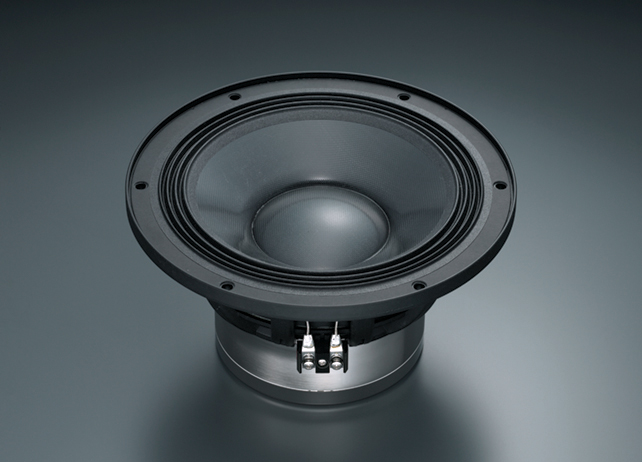
Bass Driver
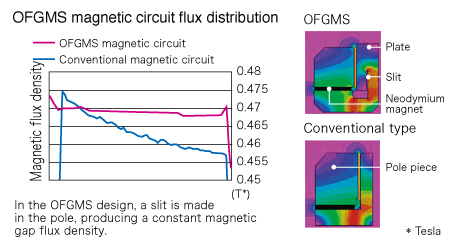
In order to handle the high speed response and power linearity of the beryllium diaphragm CST Driver, we sought to improve the low-bass reproduction linearity of the bass driver. In order to correctly reproduce signal waveforms, especially at high excursions, we developed the short voice coil OFGMS (Optimized Field Geometry Magnet Structure) magnetic circuit. In a conventional magnetic circuit, the magnetic resistance of the pole piece impacts the magnetic flux density distribution within the gap. To avoid this, the OFGMS magnetic circuit has a unique slit in the pole piece that equalizes the flux path distribution and linearizes the magnetic flux density along the gap. In this way, the 25cm (10 in.) woofer unit achieves excellent drive capability, with linear drive characteristics of over 30mm (1.23 in.).
ADVANCED COMPUTER ANALYSIS
The suspension components in the TAD Reference One bass driver are a combination of optimum shapes and materials calculated by using the most advanced computer simulation techniques. In particular, the bass driver is equipped with high performance dual spiders that ensure consistent, stable operation with low distortion even during continuous high amplitude input. For the surround, which can also significantly impact sound quality, we chose the corrugated type as used in our professional TAD Drivers. Just as with the spider, this type of surround supports the cone during large excursions, allowing accurate and stable motion. This is the foundation of the TAD Reference One sound: extremely deep, clear bass that reveals the full sense of scale and impact of the music.
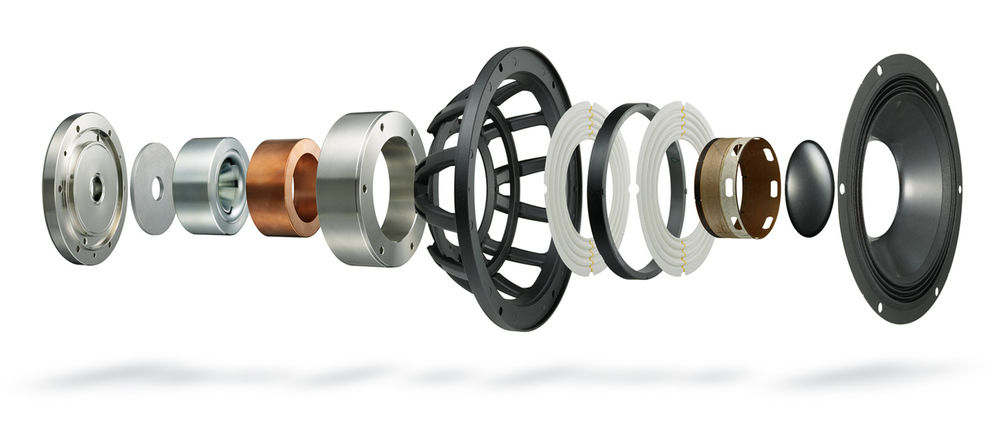
Bass Driver Unit featuring Dual Spider Technology
TRI-LAMINATE CONSTRUCTION
The TAD Reference One bass driver is driven by a generous, 100mm diameter voice coil and large neodymium magnet. To handle the force generated by this motor, the diaphragm must be very strong and stiff. We were able to achieve ideal physical properties, including structural body strength, by using a TLCC (Tri-Laminate Composite Cone) diaphragm that has a unique triple laminated construction: a core of foamed acrylimide sandwiched front and rear by direction-oriented aramid fibers. To eliminate drive loss for more efficient power handling, the dust cap uses the same material. Furthermore, by joining the cone, dust cap and voice coil at a single point, the voice coil drive is transmitted directly to the cone. The result is not only fast response and clear bass, but low coloration sound extending through to the midrange.

SILENT ENCLOSURE - ULTIMATE STRENGTH
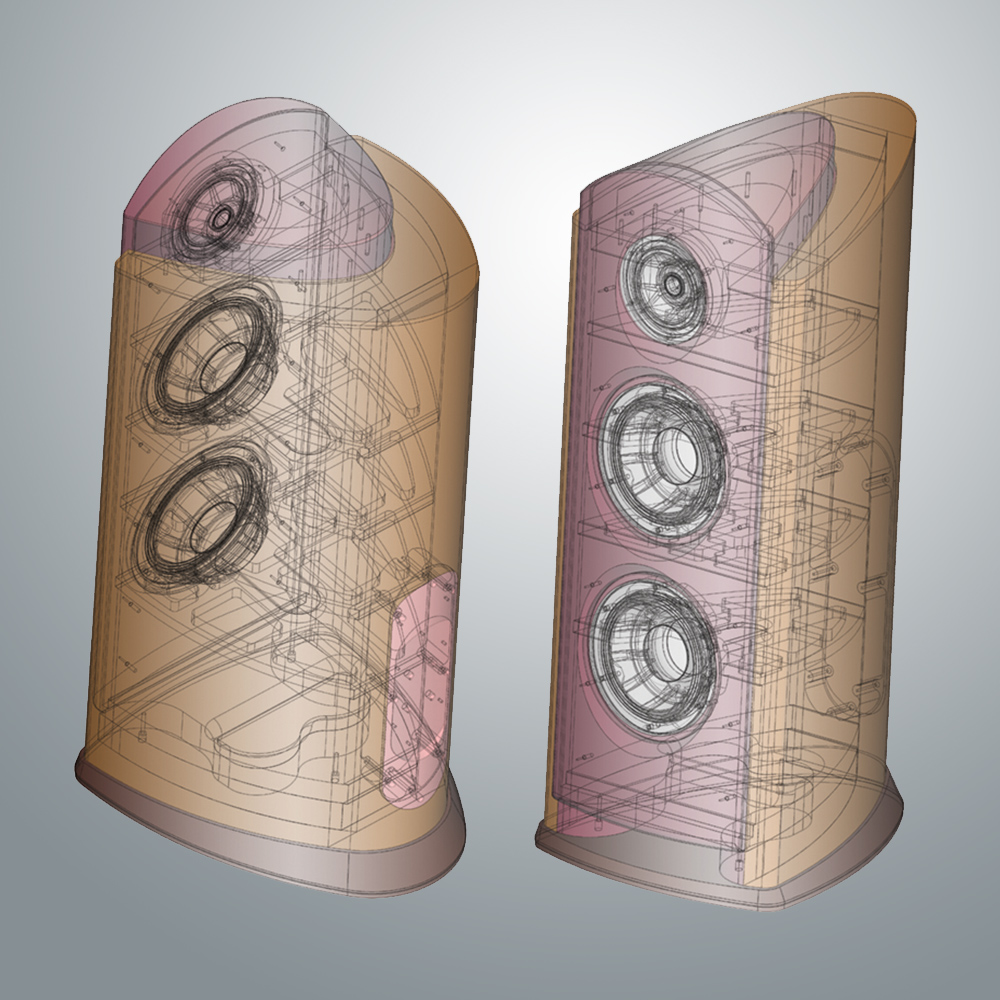
SILENT Enclosure Structure
The TAD Reference One features our new SILENT (Structurally Inert Laminated Enclosure Technology) cabinet: the ultimate in elegant curves and immense stability. It is constructed from carefully selected materials to resonances, in order that the superior performance of the drive unit is maintained to the maximum degree. The basis of our efforts to eliminate resonance is the strong enclosure design, inspired by the structural theory of aircraft wings and ships. The structure consists of a strong framework with a skeleton having a 21mm (0.9 in.) thick birch plywood transverse bulkhead. It is clad with a hybrid of materials that combine 50mm (2 in.) thick side panels made by high frequency hot press forming glued to CNC machined plywood panels with a maximum thickness of 137mm (5.7 in.). Use of the teardrop form, a design incorporating the concept of hydrodynamics in acoustic engineering, minimizes sound diffraction anomalies. Finally, by applying ABD technology, a technique whereby the dual bass drivers are located so as to eliminate the formation of higher frequency standing waves inside the enclosure that negatively impact sound quality, we achieved a revolutionary enclosure.
SLANT DESIGN
By inclining the Reference One enclosure backwards by four degrees, driver time alignment is improved. In addition, the location of the force produced by the powerful bass drivers is placed directly over the center of gravity of the enclosure. This, together with the ultra heavy 150kg weight of the system and laminated hybrid base plate of aircraft-grade aluminum and birch plywood, achieves impressively powerful bass reproduction and detailed expressive capability. Finally, two types of spikes, one cone-shaped and the other dome-shaped, provide three-point support, ensuring excellent stability and vibration control, regardless of where the speakers are positioned.
AERODYNAMIC PORT SYSTEM
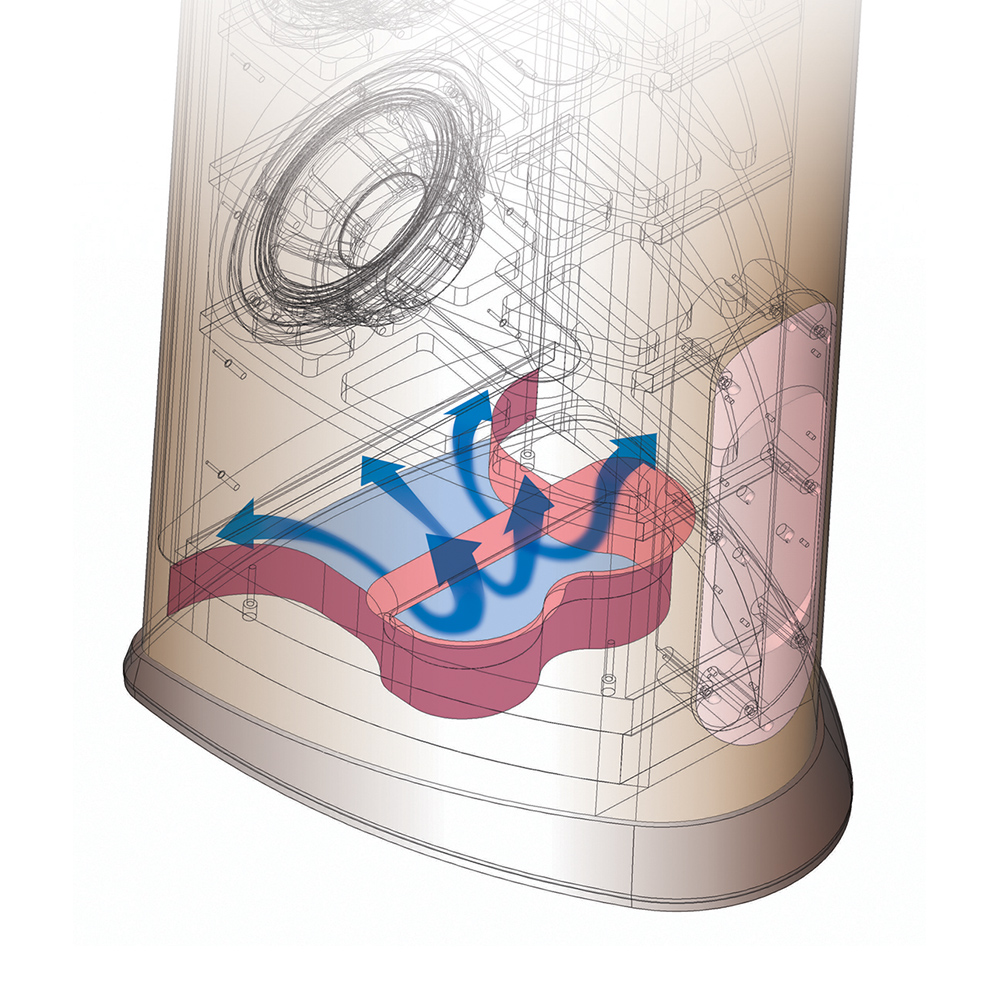
Aerodynamic Port system
The bass reflex port utilizes the design concept of the compression driver and horn, seen in the TAD systems used by professionals. It features an aerodynamic port system based on the theory of precise fluid design. Its performance is such that it produces absolutely no air noise, even when the woofer unit is driven at the limit of its excursion range. Superb control of air flow and pressure inside the port greatly contributes to the realization of deep bass reproduction with unprecedented clarity.
BEAUTIFULLY FINISHED
The enclosure is beautifully finished with natural Pommele Sapele wood that imparts an artistic air of elegance.

- Isolated bass, midrange and treble crossover networks eliminate electrical and magnetic interactions.
- Rear panel with the network installed, is made of 27mm (1 in.) thick aluminum to act as a heat sink.
- Custom-made parts include air-core coils, non-inductive resistors and PP film capacitors.
- Large custom machined speaker terminals have thick gold plating to ensure reliable connections.
- All wiring is carefully routed away from magnetic parts to prevent degradation of sound quality due to magnetic distortion.
- Not only the speaker system itself, but the drive units also are subject to strict quality control based on serial numbers.
SPECIFICATIONS
Model No
TAD-R1MK2
Model
3-way bass reflex floor
Drive Units
LF: 25cm (10 in.) x 2
Midrange/Tweeter: concentric
16 cm (6 1/2 in.) MF / 3.5 cm (1 3/8 in.) HF
Performance Data
Frequency response: 21 Hz to 100 kHz (-10 dB)
Crossover frequencies: 250 Hz and 2 kHz
Unit polarity: LF (+), MF (+), HF (+)
Amplifier requirements: 50 W to 300 W
Sensitivity: 90 dB (2.83 V/2.83 V @ 1 m free space)
Maximum sound pressure level: 115 dB
Nominal impedance: 4 Ω (minimum 4.1 Ω)
Others
Weight: 150 kg (330 lb)
Dimensions: 554 mm (21 3/4”) (W) × 1,293 mm (50 7/8”)
(H) × 698 mm (27”) (D)
Accessories
